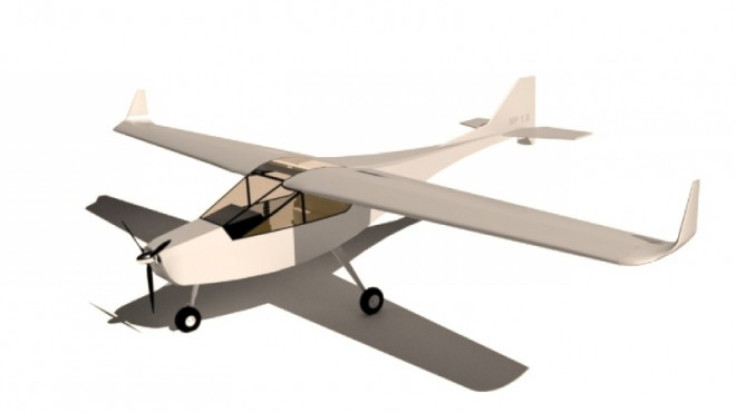World's First Open Source Airplane: Designs For $15,000 Aircraft Will Be Released For Free

A group of Canadian pilots and engineers are designing a small, two-seat airplane that is affordable, safe and easy to fly. The MakerPlane project aims to qualify as a light sport aircraft and the group wants to give the designs away for free, making it the first-ever open source airplane.
“Basically we are designing an aircraft that can be built on a computer controlled mill at home, or at a makerspace which is easy to assemble and quick to build,” MakerPlane’s website explains. “The plans and instructions will be available for free to anyone that wants them!”
The primary structures of the open-source airplane, such as the fuselage and wings, will be made from composites. The smaller pieces will be made with a 3D printer.
MakerPlane has been in design for more than 18 months, and the team is starting its first prototype. To fund the project, MakerPlane began an Indiegogo account to raise $75,000. At the time of this writing, the project has raised $4,785.
According to FAA regulations on light sport aircrafts, the MakerPlane aircraft cannot weigh more than 1,320 pounds and reach a top speed of 120 knots or 138 mph. MakerPlane also wants the aircraft to have a range of 400 miles, and have the total cost come in under $15,000.
“Many people are familiar with open source software such as Mozilla Firefox and Redhat Linux,” MakerPlane said on the Indiegogo account. “These important programs are designed, developed and maintained by a vast network of talented volunteers, working for free to contribute to a larger cause.”
“MakerPlane seeks to emulate this model and apply it to aviation, by adopting the same open and community-driven principles that have led to the success of multitudes of open source software and hardware projects.”
MakerPlane hopes that its designs will make projects faster and less expensive to encourage more people to develop personal aircraft projects. For example, it estimates that a computer-controlled router, or CNC, could create a wing rib in two to three minutes instead of three to four hours. MakerPlane anticipates that the design will be completed in 12 months. It expects to fly the first prototype in 2015.
© Copyright IBTimes 2024. All rights reserved.












